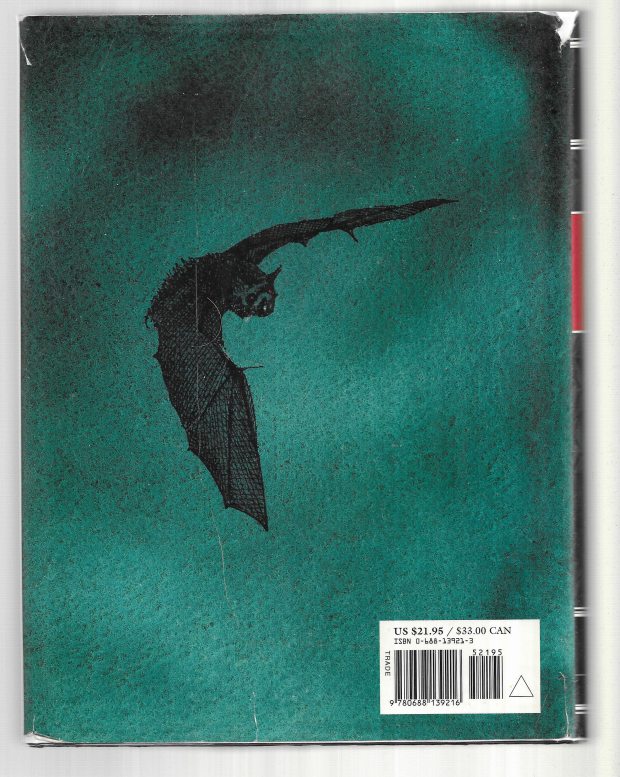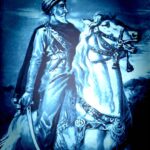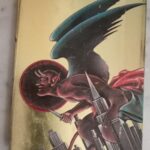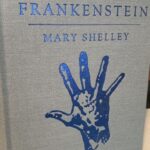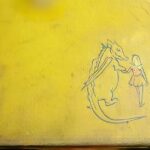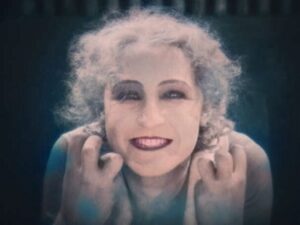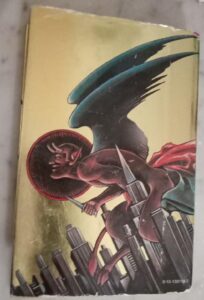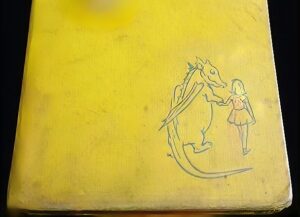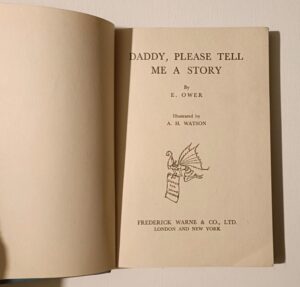A Haunting Masterpiece Reborn : Reviewing Barry Moser’s Illustrated Edition of Dracula
We’re unlikely to hold a 19th-century first edition in our poor hands, but…
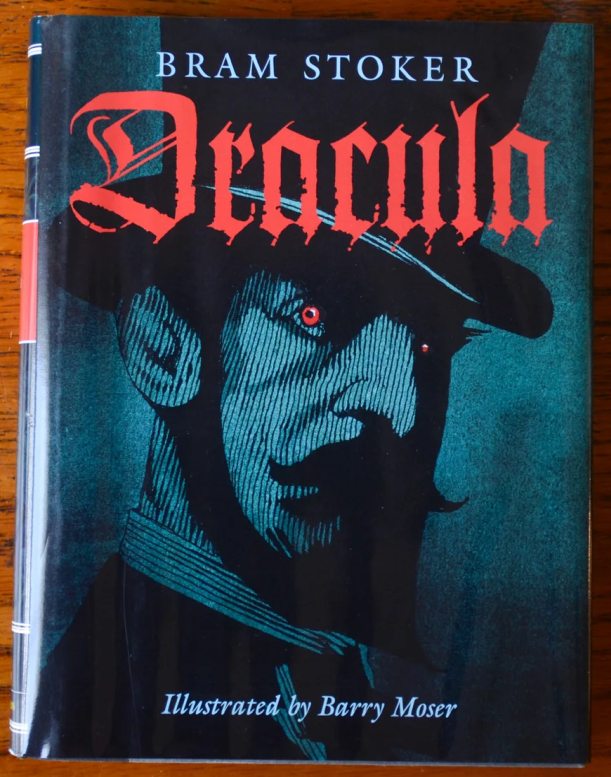
Bram Stoker’s Dracula, first unleashed upon the world in 1897, remains the undisputed sovereign of gothic horror—a tale that sinks its fangs into the psyche with its blend of Victorian restraint, supernatural dread, and erotic undercurrents. But in Barry Moser’s 2000 illustrated edition, published by Books of Wonder in collaboration with HarperCollins, this timeless narrative transcends its origins, emerging as a visual symphony of shadow and subtlety. Moser’s wood engravings, rendered with the precision of a master craftsman, infuse Stoker’s epistolary nightmare with a fresh layer of atmospheric intensity, making this not just a book to read, but an artifact to behold.
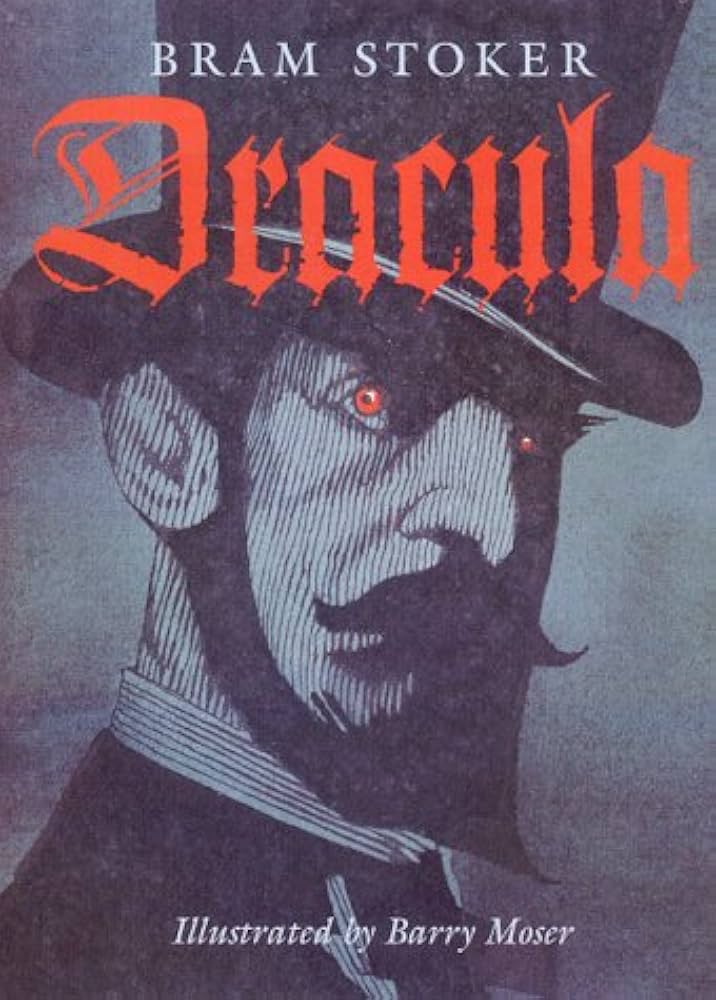
From the outset, Moser’s illustrations grip you like the Count’s icy grasp. His twenty-one engravings are stark, monochromatic marvels—deep blacks and crisp lines that evoke the chill of Transylvanian fog and the pallor of undead skin. Unlike garish adaptations that drown in blood and spectacle, Moser’s work is understated yet profoundly unsettling. Take the depiction of the Demeter’s doomed voyage: a spectral ship slicing through stormy seas, its deck haunted by unseen horrors. Or the portrait of Dracula himself—not a campy cape-wearer, but a figure of aristocratic menace, his eyes piercing through the page like daggers. These images don’t merely accompany the text; they amplify it, drawing out the novel’s themes of invasion, desire, and the fragility of rationality. Moser’s style, honed through his Pennyroyal Press ventures, draws from Renaissance engraving traditions, lending an almost biblical gravity to Stoker’s prose. It’s as if Albrecht Dürer had turned his hand to horror, resulting in visuals that linger long after the book is closed.
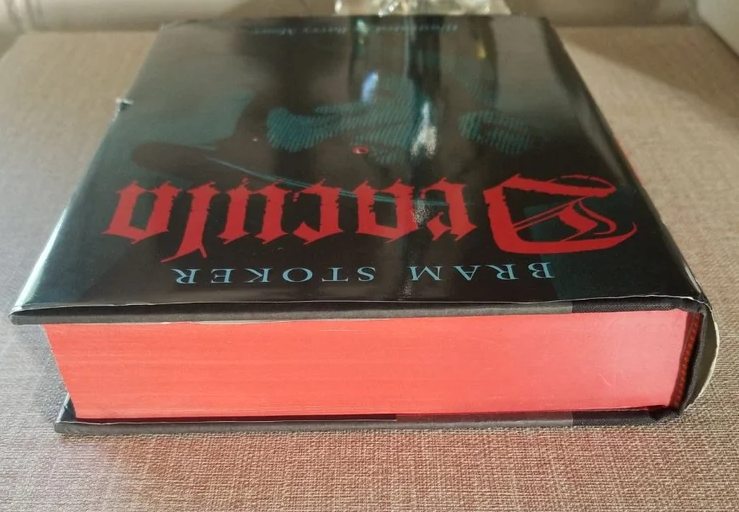
The narrative itself, of course, needs no defense. Stoker’s genius lies in his mosaic of diaries, letters, and clippings, building tension through fragmented perspectives. Jonathan Harker’s descent into the Carpathians, Mina’s psychic torment, Van Helsing’s scholarly zeal—these elements weave a web of suspense that’s as intellectually engaging as it is viscerally thrilling. In our era of overexposed vampires, Dracula reminds us of the archetype’s primal power: a predator who embodies forbidden longings and cultural anxieties. Moser’s edition enhances this by placing illustrations at pivotal moments, creating pauses for reflection amid the escalating terror. It’s a perfect marriage of word and image, ideal for both newcomers and devotees seeking a renewed encounter with the Count.
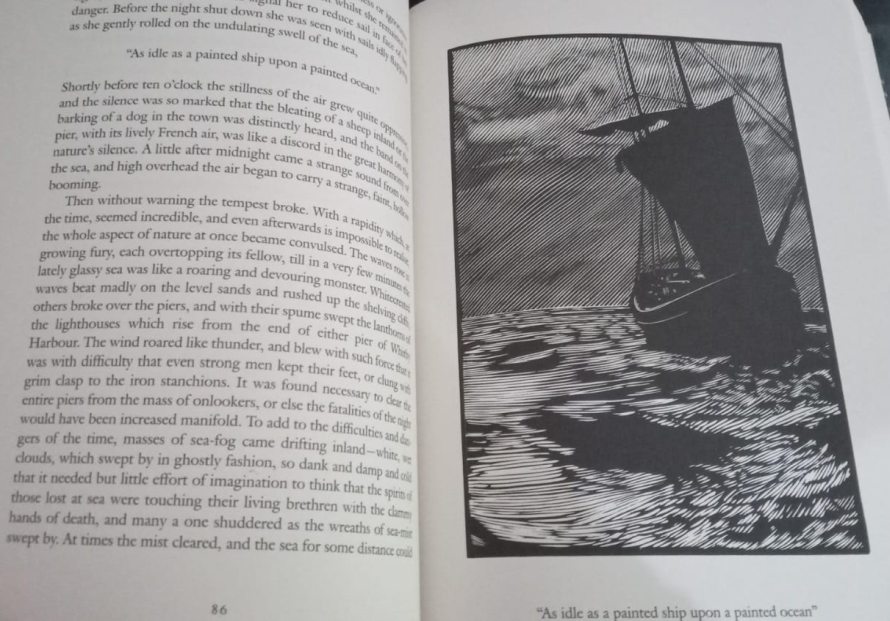
What elevates this edition to collector’s nirvana, however, is its rare and elegant presentation—a hardcover gem that exudes sophistication. Bound in sturdy cloth-backed boards, it feels substantial in the hand, promising longevity for generations of midnight readers. The dust jacket, a lush green evoking misty moors and eternal forests, wraps the volume in an aura of mystery. The front bears a subtle yet striking design, often accented with red splatters hinting at the bloodshed within, while the back features a solitary bat in flight—a symbolic sentinel that captures the novel’s nocturnal essence.
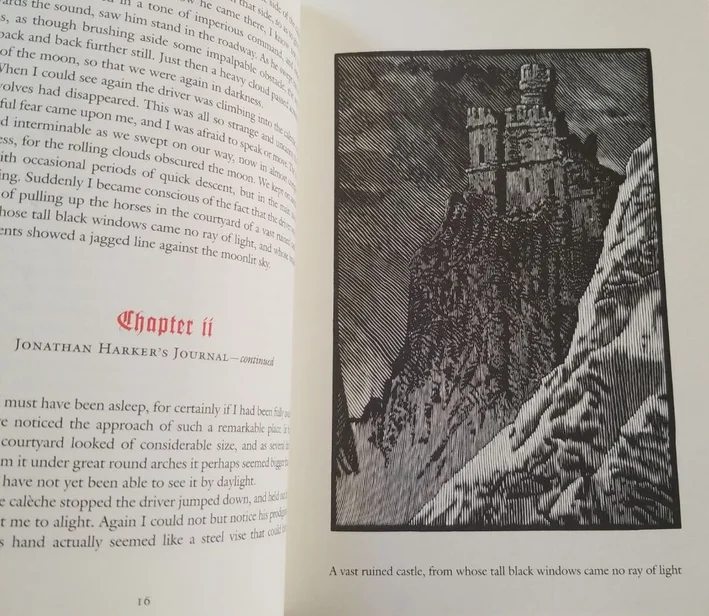
This motif isn’t mere decoration; it’s a nod to Dracula’s shapeshifting prowess, adding a tactile thrill when you flip the book over. Produced in limited quantities, this format stands out amid mass-market paperbacks, making it a scarce find in pristine condition.
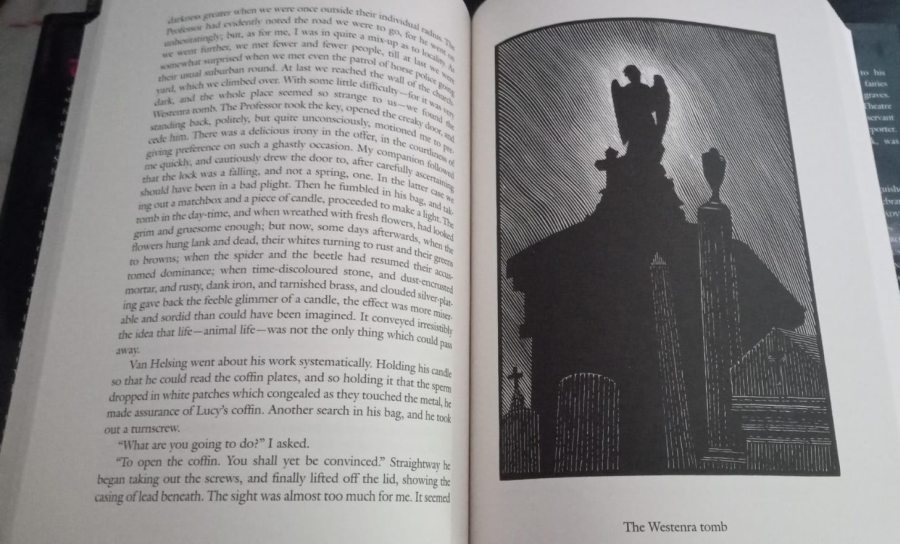
In terms of value, this rare edition holds significant appeal for bibliophiles and horror aficionados alike. Standard copies in good condition typically command $150 to $300 on the secondary market, reflecting its status as a high-quality reprint of a classic. However, signed versions—especially those inscribed by Moser himself—can fetch $500 to $800, thanks to the illustrator’s renown. For the ultra-rare Pennyroyal Press variant, which incorporates hand-printed engravings and a custom tray case, prices soar into the $3,000 range or higher at auction, positioning it as a blue-chip investment in literary art.
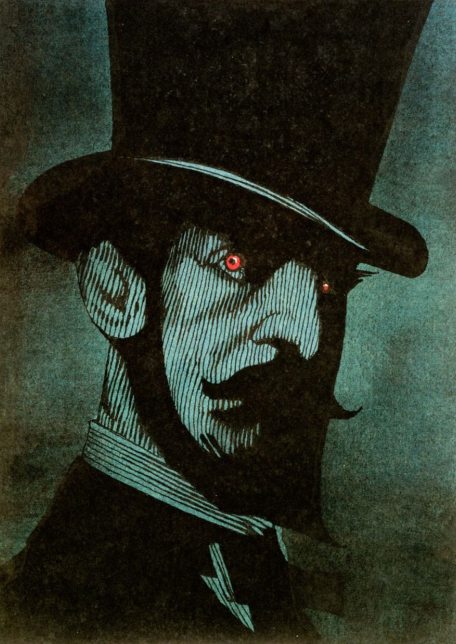
Its elegance lies not just in aesthetics but in scarcity; with fewer than 30 copies of the deluxe Pennyroyal run, owning one is like possessing a piece of gothic history. Whether displayed on a shelf or savored by candlelight, this edition isn’t just valuable—it’s invaluable for anyone who cherishes the intersection of literature and fine illustration.
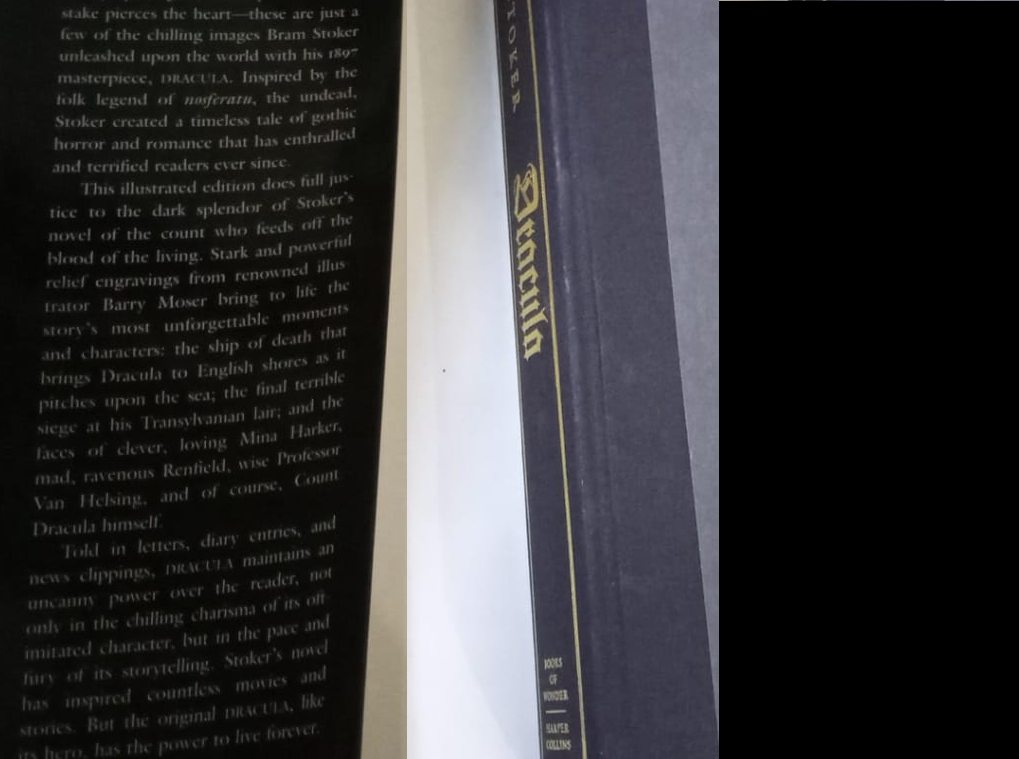
Barry Moser’s Dracula is a superb resurrection of Stoker’s masterpiece, where haunting visuals meet haunting words in perfect harmony, and a copy of it in this century will mark own point.
